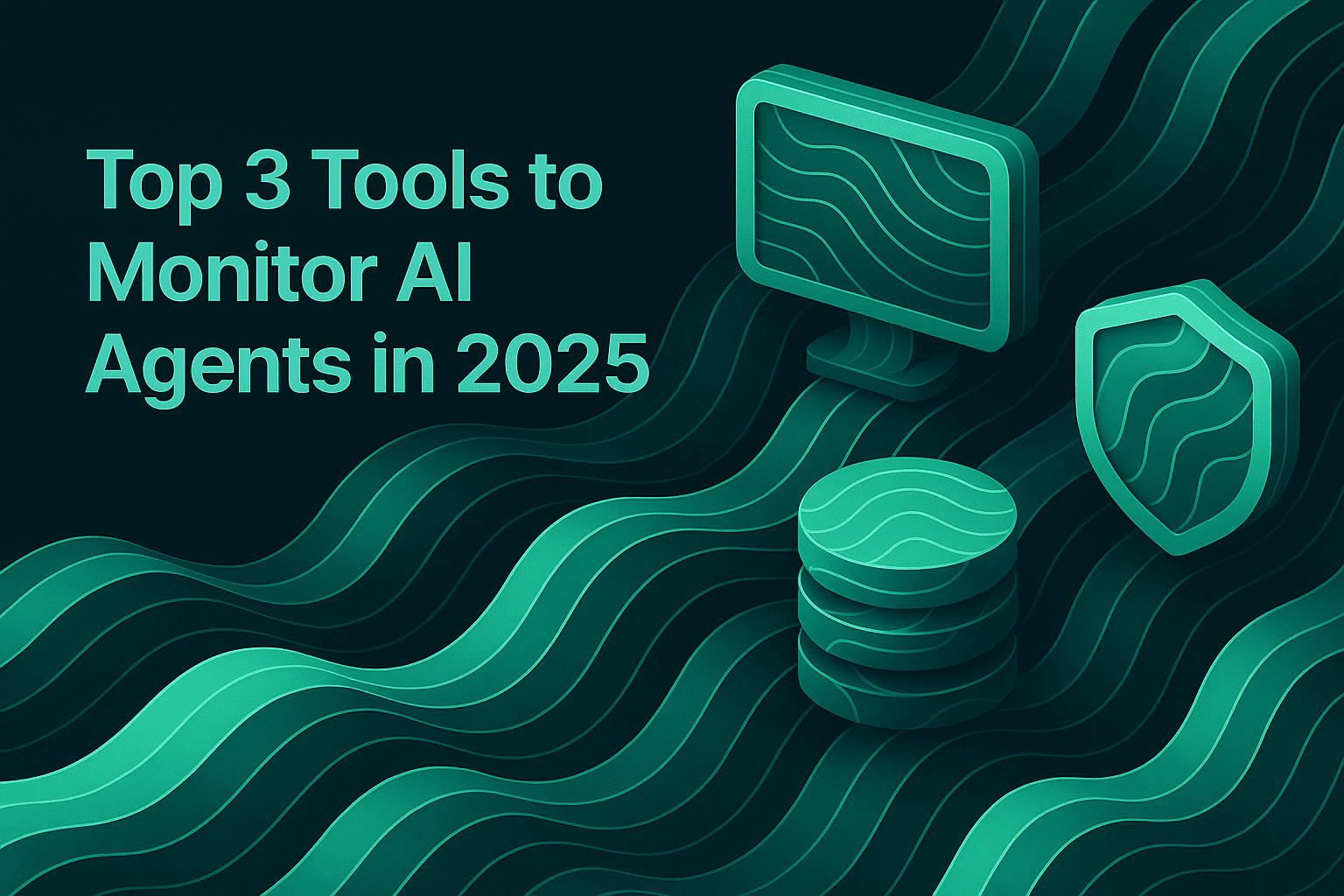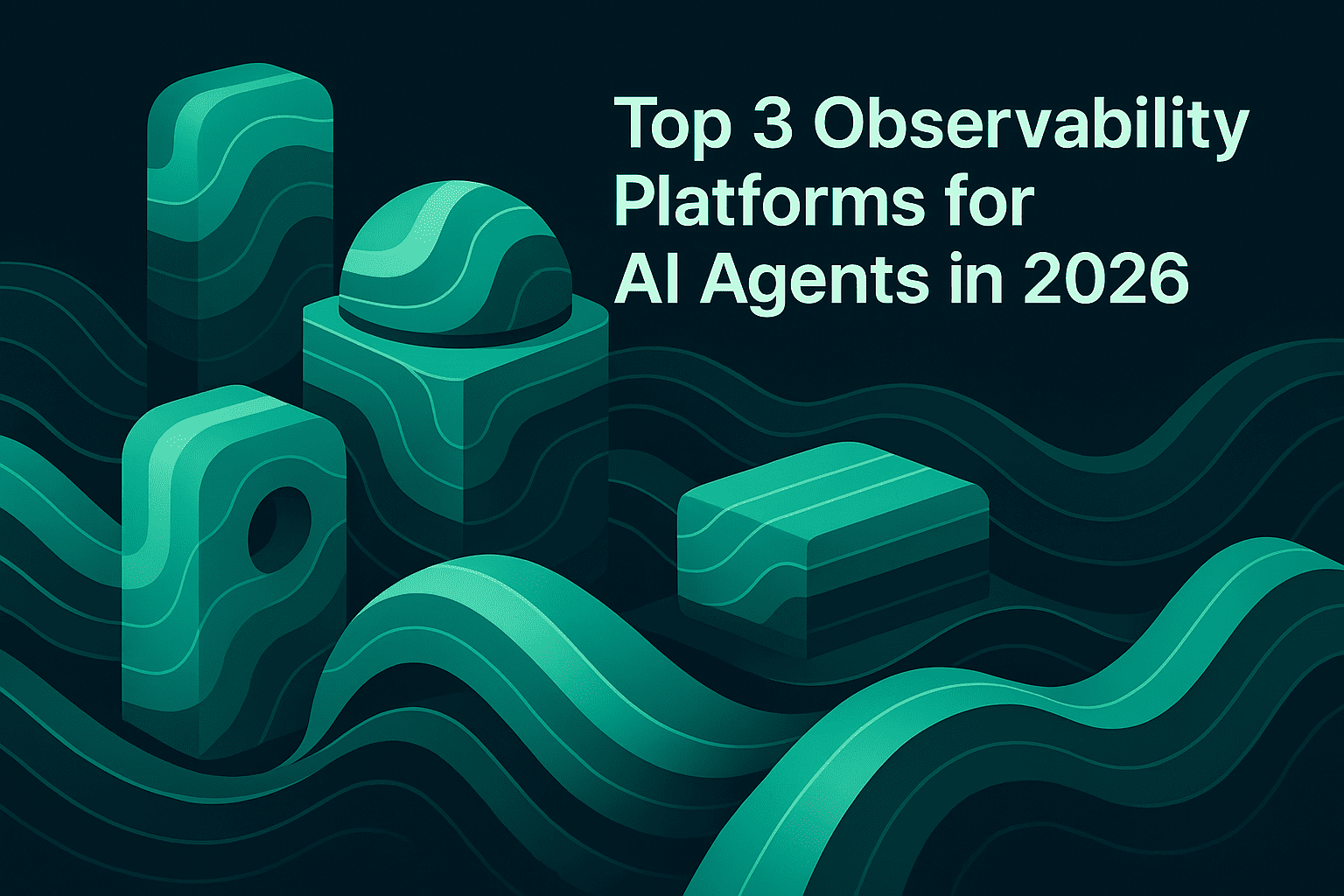10 Best Practices for Observability in Distributed AI Systems

TL;DR
Observability in distributed AI systems requires end-to-end tracing across agents, models, and data pipelines; unified logging with structured semantics; reproducible evaluation harnesses; targeted simulations for failure discovery; and continuous, policy-driven quality checks in production. Combine distributed tracing, evaluation workflows, and multimodal data curation with an AI gateway for governance, failover, and cost controls. Instrument everything at session, trace, and span levels; align metrics to user outcomes; and operationalize remediation via playbooks, alerts, and rollbacks.
Why Observability Must Be End-to-End for Distributed AI
Distributed AI systems span multiple components—voice agents, RAG pipelines, prompt orchestration, evaluators, and gateways—often across providers. A partial view misses root causes and creates blind spots. Effective observability connects:
- Session-level context (user, persona, environment).
- Trace-level flows (conversation trajectory, tool calls, retrieval steps).
- Span-level details (model inputs/outputs, latency, costs, errors).
Teams should adopt unified, structured logging and distributed tracing, with explicit IDs, semantic labels, and versioning for prompts, datasets, evaluators, and deployments. This enables reproducible debugging, performance analysis, and governance.
Maxim AI’s observability suite is purpose-built for this end-to-end view with distributed tracing, quality checks, logging, and production repositories that align to AI engineering and product workflows. See Maxim’s agent-focused observability features: Agent Observability.
Core Pillars: Tracing, Evaluation, and Simulation
Effective observability in AI systems rests on three pillars:
- Distributed tracing across all agent hops (LLM calls, tools, retrieval, plugins).
- Continuous evaluation with machine, statistical, and human-in-the-loop methods.
- Scenario-driven simulation to uncover failures before they reach users.
With Maxim, teams can configure flexible evaluators at session, trace, or span level, use pre-built or custom evaluators, and combine human review with automated checks to align agents with user preference. Learn more: Agent Simulation & Evaluation.
Best Practices for Observability in Distributed AI Systems
1) Instrumentation Strategy: What to Log and Trace
- Session: user persona, device/channel (voice/chat), locale, entry point, experiment flags.
- Trace: conversation/task trajectory, tools called, retrieval sources, decision points, outcome labels.
- Span: model name/version, parameters, temperature/top_p, prompt version, input tokens, output tokens, latency, cost, errors.
Use stable identifiers for session_id, trace_id, span_id; include prompt versioning and deployment variables. For multimodal agents, capture modalities (audio, image, text), transcription metadata, and confidence scores.
Maxim’s Experimentation stack helps manage prompt versioning and deployment variables without code changes, enabling structured instrumentation from the start: Experimentation.
2) Unified Schemas: Make Logs Queryable and Comparable
- Define a common schema across agents, tools, and models.
- Normalize keys for cost, latency, tokens, errors, and quality scores.
- Capture model/router decisions, fallbacks, and retries.
This reduces analysis friction and enables robust dashboards, cohort analysis, and trend detection. Custom dashboards in Maxim let teams slice agent behavior across dimensions with a few clicks: Agent Simulation & Evaluation.
3) Observability for RAG: Retrieval, Grounding, and Hallucination Detection
- Log retrieval queries, corpus, filters, and top-k.
- Record source provenance (doc IDs, chunk IDs, timestamps).
- Capture grounding signals (citation coverage, entailment checks).
- Run hallucination detection and faithfulness evaluators on spans.
Operationalize periodic quality checks on production logs using automated evaluations and curated datasets via Maxim’s observability suite: Agent Observability.
4) Voice Agents: Cross-Modal Quality and Latency
- Trace ASR/voice frontends, TTS, and LLM steps separately.
- Measure ASR WER, TTS naturalness, turn-level latency, barge-in handling.
- Evaluate conversational success, interruptions, and recovery mechanisms.
Voice observability requires per-turn metrics and span-level visibility into audio pipelines and model calls. Configure targeted evaluators and alerts to detect regressions in real time: Agent Observability.
5) Evaluations: Machine, Statistical, and Human-in-the-Loop
- Use deterministic checks for formatting, safety, and compliance.
- Apply statistical tests for latency/cost regressions across versions.
- Use LLM-as-a-judge where appropriate, with calibrated rubrics.
- Incorporate human reviews for subjective criteria and last-mile decisions.
Maxim provides flexible evaluators and visualization of evaluation runs across large test suites and multiple prompt/workflow versions: Agent Simulation & Evaluation.
6) Simulation: Scenario Coverage, Personas, and Reproducibility
- Define scenario libraries covering edge cases, intents, and multi-turn complexity.
- Model personas with varied goals, patience, and domain expertise.
- Re-run simulations from any step to reproduce issues and isolate root causes.
- Track success metrics tied to tasks, not just single responses.
Simulation reveals breakdowns earlier and yields actionable remediation paths. Maxim enables conversational-level analysis and trajectory assessment: Agent Simulation & Evaluation.
7) Governance via Gateway: Failover, Budgeting, and Access Control
Distributed AI often spans multiple providers. An AI gateway centralizes:
- Unified API and model registry across providers.
- Automatic failover and load balancing to mitigate outages.
- Budget management with virtual keys, teams, and customer limits.
- Observability hooks: Prometheus metrics, distributed tracing, logs.
- Fine-grained governance: rate limiting, roles, and usage tracking.
Maxim’s Bifrost provides these controls with seamless drop-in replacement for provider APIs, plus semantic caching to reduce costs and latency while preserving quality: Bifrost Features, Governance, Observability, and Fallbacks & Load Balancing.
8) Quality Metrics That Matter: Tie to User Outcomes
Define metrics that reflect real user success:
- Task completion rate, first-pass resolution, and recovery success.
- Faithfulness and citation coverage for RAG.
- Safety/compliance pass rates.
- Voice-specific metrics: latency per turn, WER, interruption handling.
- Cost per successful task and per intent.
Run these metrics continuously on production logs and in pre-release evaluations. Use Maxim’s automated evaluations and datasets for in-production checks: Agent Observability.
9) Data Engine: Curate, Evolve, and Label Datasets
- Import and manage multimodal datasets with clear splits (train/test/holdout).
- Continuously curate datasets from production logs and eval feedback.
- Use human labeling and feedback loops for nuanced criteria.
- Maintain lineage and versioning for reproducibility.
Maxim’s data management supports scalable curation and enrichment for evaluation and fine-tuning needs, aligning observability with data quality improvements.
10) Operational Playbooks: Alerts, Rollbacks, and Remediation
- Create alerts for guardrail violations, latency spikes, cost anomalies, and quality regressions.
- Provide rollback paths tied to prompt/workflow versions and gateway policies.
- Document standard remediation steps per failure class (retrieval drift, prompt regressions, ASR model degradation).
- Integrate dashboards with on-call rotations and incident workflows.
Maxim’s custom dashboards and governance via Bifrost make operational responses fast and controlled: Agent Observability, Bifrost Governance.
Putting It Together: Reference Architecture
- Gateway layer (Bifrost) unifies providers, enforces governance, and emits structured metrics.
- Agent layer implements distributed tracing with session/trace/span IDs, prompt versioning, and tool instrumentation.
- RAG layer logs retrieval queries, sources, and grounding signals; evaluators run hallucination detection and faithfulness checks.
- Voice layer traces ASR/TTS/LLM spans with per-turn metrics and UX signals.
- Evaluation layer runs deterministic/statistical/LLM-judge/human evaluators; visualizes runs across versions.
- Simulation layer drives persona- and scenario-based testing; supports re-run at any step for reproducibility.
- Observability layer aggregates logs/traces, applies periodic quality checks, and curates datasets for continuous improvement.
Explore these components across Maxim’s platform: Experimentation, Agent Simulation & Evaluation, and Agent Observability. For gateway controls and deployment flexibility: Bifrost Quickstart and Provider Configuration.
Conclusion
Observability for distributed AI systems is a discipline, not a dashboard. Instrument every hop, adopt unified schemas, and trace multimodal pipelines end to end. Combine evaluation, simulation, and governance to detect issues early, measure user outcomes, and remediate quickly. Platforms designed for agent-centric workflows—like Maxim across experimentation, simulation/evaluation, observability, and gateway governance—allow engineering and product teams to collaborate and ship reliable AI agents faster.
Start measuring and improving AI quality with Maxim: Request a demo or Sign up.
FAQs
What is AI observability in distributed systems?
Observability captures system behavior via logs, metrics, and traces across agents, models, and data pipelines, enabling debugging, evaluation, and governance. See Maxim’s Agent Observability.
How do I trace multi-agent workflows effectively?
Use session/trace/span IDs, structured semantics, and versioning for prompts, datasets, and evaluators. Visualize trajectories and outcomes across versions with Maxim’s Agent Simulation & Evaluation.
What metrics should I prioritize for RAG observability?
Faithfulness, citation coverage, retrieval quality, latency, and cost per successful task. Run automated checks on production logs and curated datasets using Agent Observability.
How does an AI gateway improve reliability and governance?
Gateways offer unified APIs, failover, load balancing, semantic caching, and budget management with observability hooks. Learn more in Bifrost’s docs: Unified Interface, Fallbacks, Governance, and Observability.
How do I manage datasets for continuous evaluation?
Curate multimodal datasets from production logs, evolve splits, add human feedback, and maintain lineage/versioning. Maxim’s data workflows integrate with evaluation and observability to close the loop: Agent Simulation & Evaluation.


